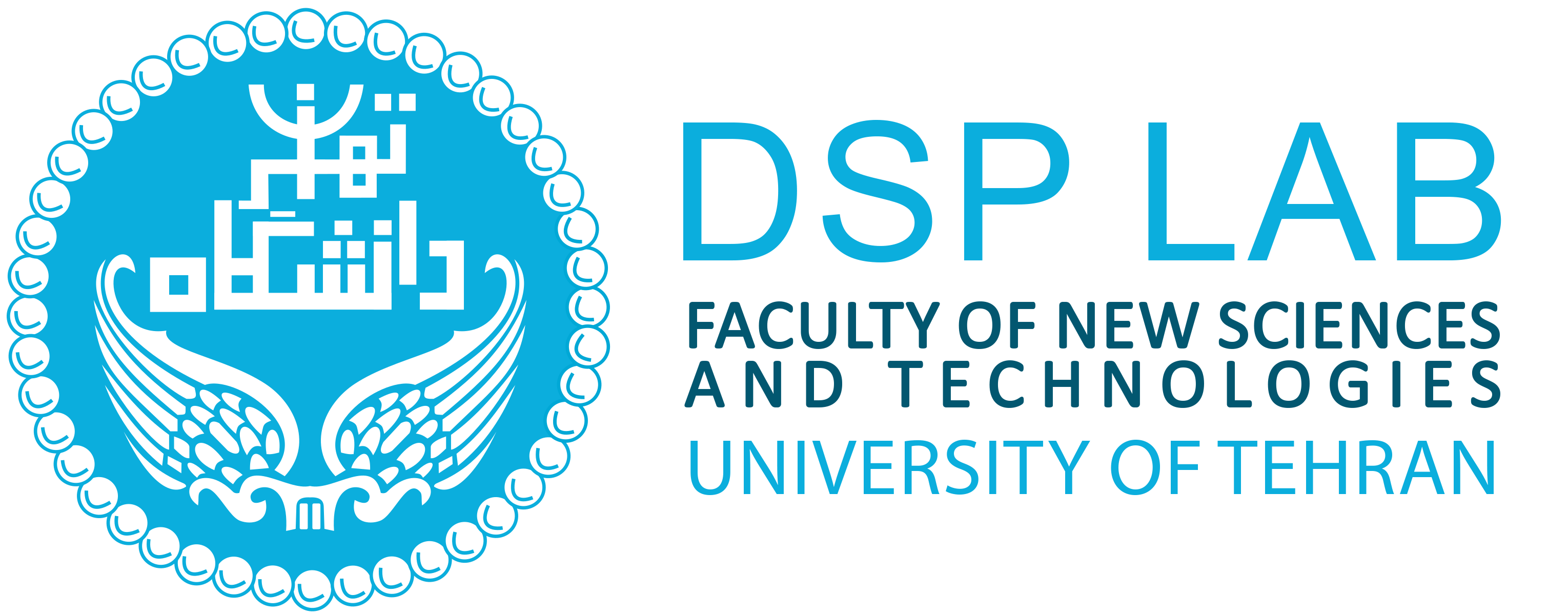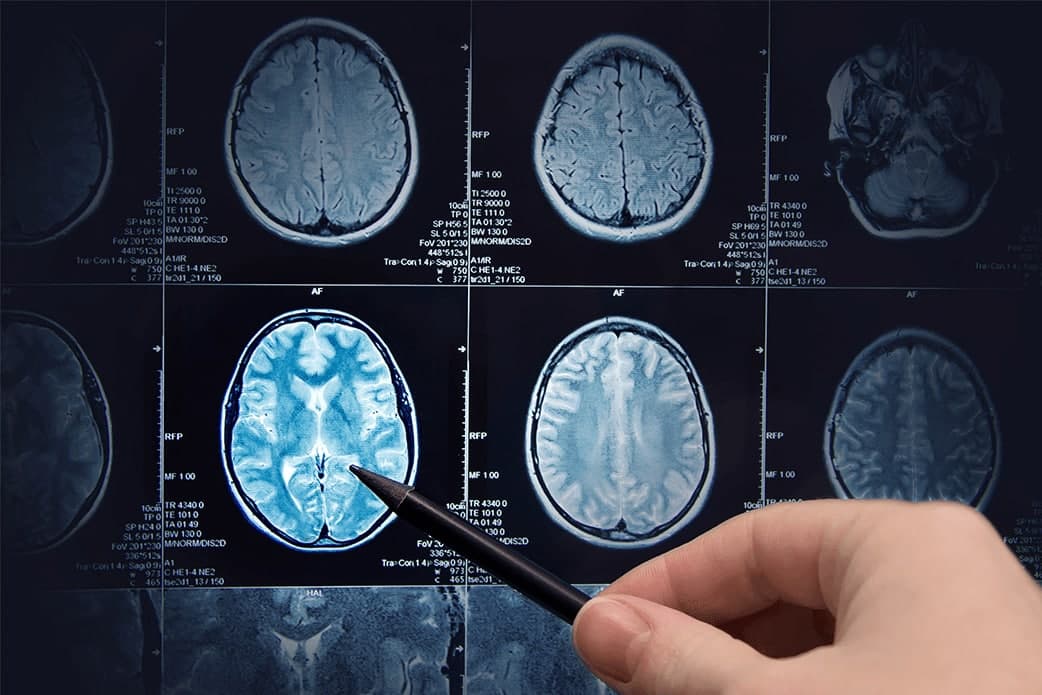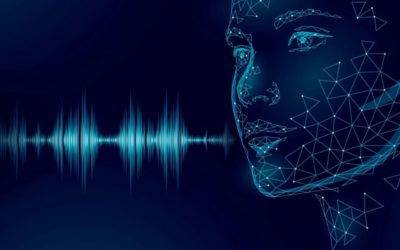Imaging has become an essential component in many fields of medical and laboratory research and clinical practice. Biologists study cells and generate 3D confocal microscopy data sets; virologists generate 3D reconstructions of viruses from micrographs; radiologists identify and quantify tumors from MRI and CT scans; and neuroscientists detect regional metabolic brain activity from PET and functional MRI scans.Today, much of the visualization and analysis can be performed on an inexpensive desktop computer equipped with the appropriate graphics hardware and software.
What is medical image processing?
Medical image processing encompasses the use and exploration of 3D image datasets of the human body, obtained most commonly from a Computed Tomography (CT) or Magnetic Resonance Imaging (MRI) scanner to diagnose pathologies or guide medical interventions such as surgical planning, or for research purposes. Medical image processing is carried out by radiologists, engineers, and clinicians to better understand the anatomy of either individual patients or population groups.
What are the benefits of medical image processing?
The main benefit of medical image processing is that it allows for in-depth, but non-invasive exploration of internal anatomy. 3D models of the anatomies of interest can be created and studied to improve treatment outcomes for the patient, develop improved medical devices and drug delivery systems, or achieve more informed diagnoses. It has become one of the key tools leveraged for medical advancement in recent years.
The ever-improving quality of imaging coupled with advanced software tools facilitates accurate digital reproduction of anatomical structures at various scales, as well as with largely varying properties including bone and soft tissues. Measurement, statistical analysis, and creation of simulation models which incorporate real anatomical geometries provide the opportunity for more complete understanding, for example of interactions between patient anatomy and medical devices.
How does medical image processing work?
The process of medical image processing begins by acquiring raw data from CT or MRI images and reconstructing them into a format suitable for use in relevant software. A 3D bitmap of greyscale intensities containing a voxel (3D pixels) grid creates the typical input for image processing. CT scan greyscale intensity depends on X-ray absorption, while in MRI it is determined by the strength of signals from proton particles during relaxation and after application of very strong magnetic fields.
For medical users, the reconstructed image volume is typically processed to segment out and edit different regions of anatomical interest, such as tissue and bone. In Synopsys Simpleware software, for example, users can carry out different image processing operations at the 2D and 3D level, including:
- Reducing and removing unwanted noise or artifacts with image filters
- Cropping and resampling input data to make it easier and faster to process images
- Using segmentation tools to identify different anatomical regions, including automated techniques using AI-based machine learning algorithms
- Applying measurement and statistics tools to quantify different parts of the image data, for example, centrelines
- Importing CAD models, such as implants or medical devices, to study how they interact with individual anatomies
- Exporting processed models for physics-based simulation, further design work, or for 3D printing physical replicas of the anatomy in question





